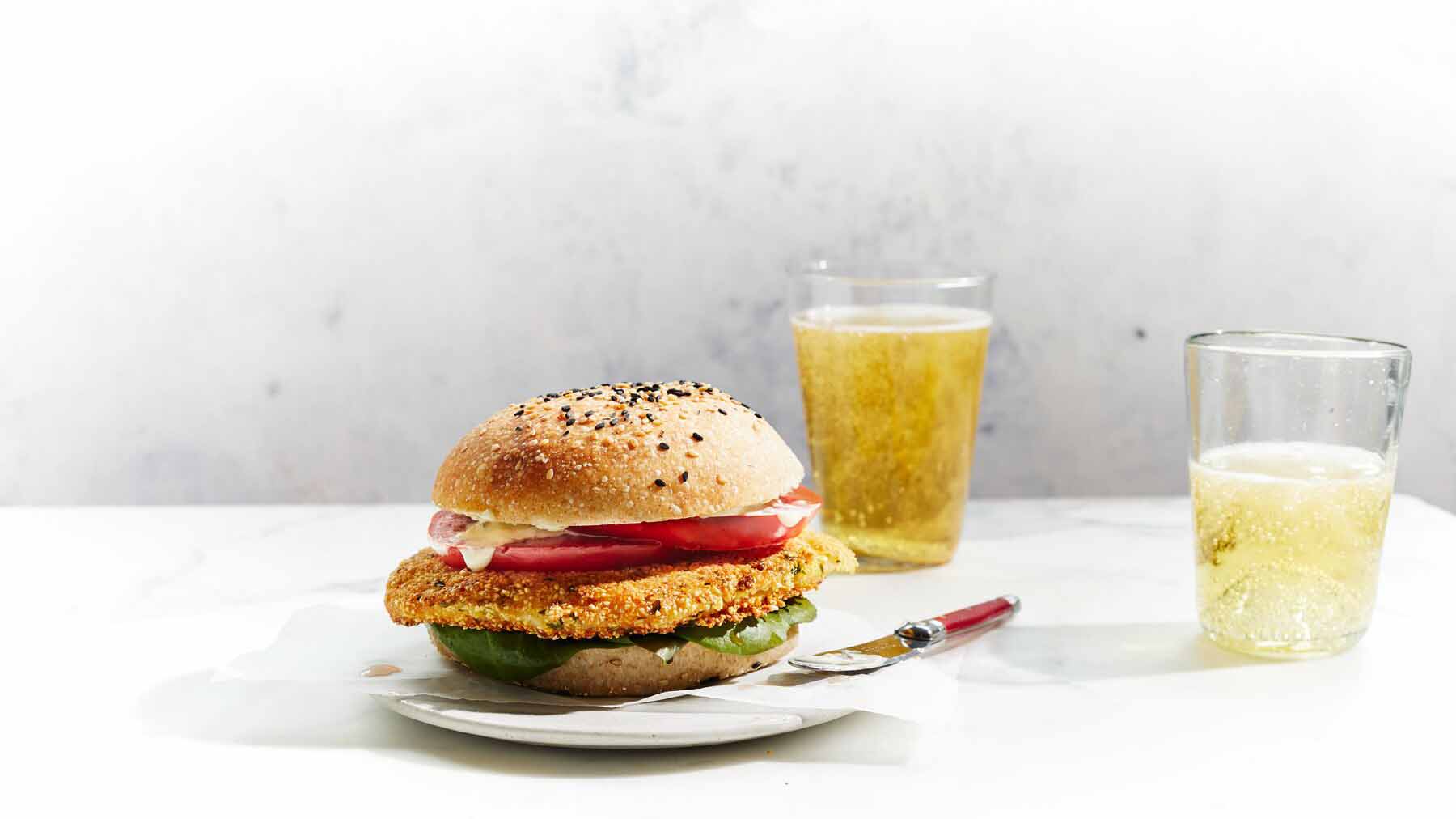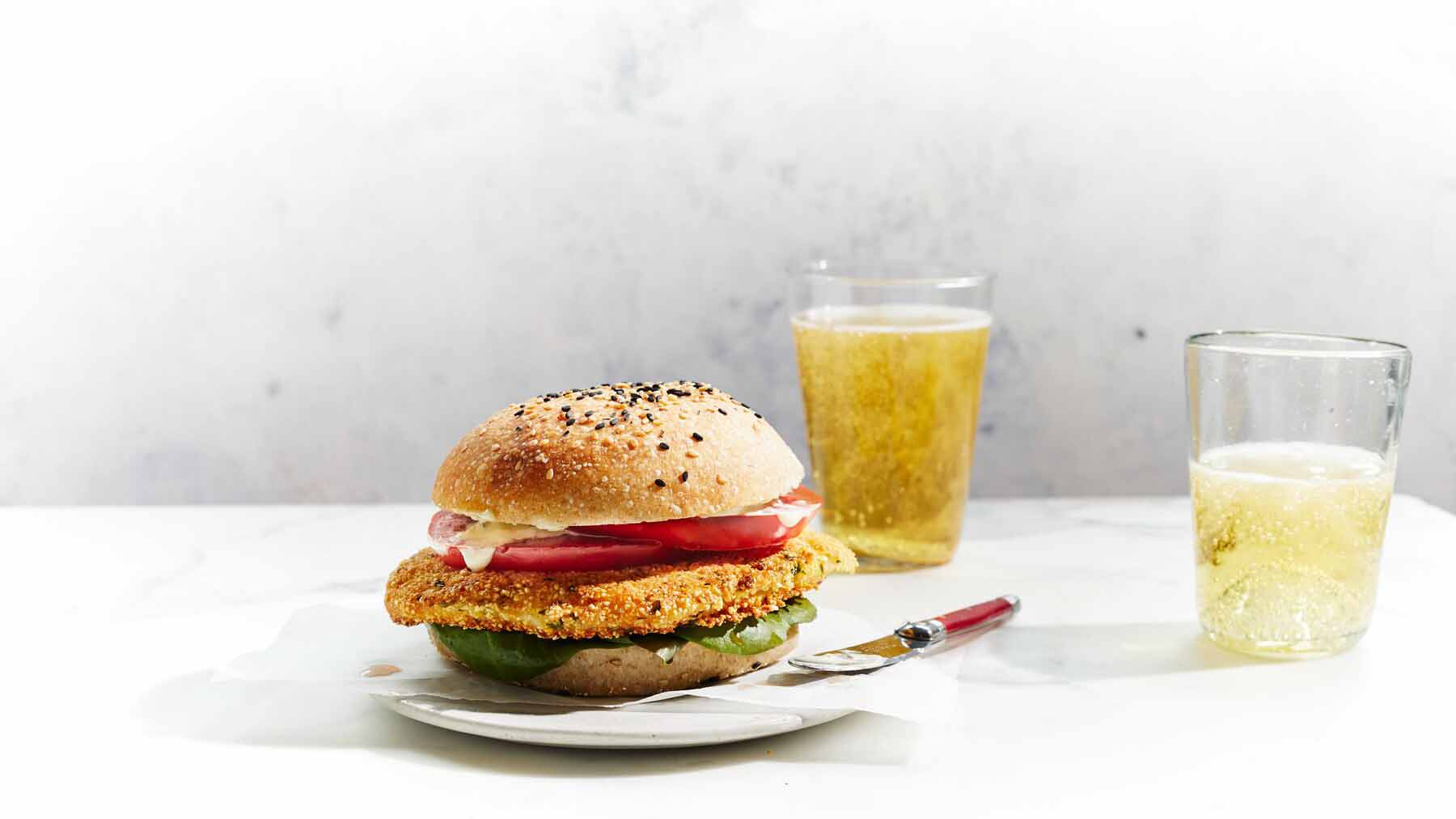Cooking with beer


Cooking with beer isn’t complicated, especially when you’re equipped with a few fundamental pieces of information about how beer works as an ingredient — and how it can be paired with the foods you love to cook.
Beer basics: ales and lagers
Depending on the fermentation process and yeast being used, beers are categorized as either ales or lagers. Ales are made from top-fermenting yeast at a warmer temperature and lagers are made from bottom-fermenting yeast at a cooler temperature. Some beers, such as German Kölsch, are made from yeast used for ales at a cool temperature traditionally used for lagers. Malted barley is added to the beer for its sweet and nutty flavour while hops are used to give the beer a bitter flavour. Herbs, spices, fruit, and other flavourings can also be added during the brewing process to alter the taste of the finished beer.
A couple of guidelines for cooking with beer
The most important rule of thumb to follow when cooking with beer is that it should be a type of beer that you enjoy drinking. The beer doesn’t have to be expensive or anything particularly special, but it should taste good to drink. Just because the beer is going to be combined with other ingredients doesn’t mean its flavour will be masked by the other ingredients in the recipe. Truly hoppy beers, such as an India Pale Ale (IPA), are generally too bitter to cook with.
Using beer as a marinade
Beer makes a fantastic marinade for meat, poultry or fish — with or without any added aromatics. Beer is naturally full of alpha acids and tannins, both of which help tenderize the fibres of the meat as it marinates. Red meat and poultry can sit in a beer marinade for several hours or even overnight; fish, especially white flaky fish, should be marinated for no longer than half an hour to prevent the flesh from becoming soft.
- Dark beer such as porter or stout makes a robust marinade for beef, venison, bison, lamb, pork, and poultry. Add citrus, soy sauce, brown sugar, Worcestershire sauce or fresh rosemary to give more flavour to the marinade.
- Crisp lagers, such as Pilsner, are ideal for marinating fish. Add bright aromatics such as fresh ginger, thinly sliced hot peppers and citrus juice to give the marinade extra pep.
- Have your own Oktoberfest celebration at home by cooking bratwursts in your favourite German lager. Add a bottle or two to a cast iron pan or Dutch oven filled with sausages and let the beer boil off as the meat cooks.
Other ways to use beer in the kitchen
Using beer as a marinade is only the beginning when it comes to the myriad ways this ingredient can be added to recipes.
- Make a better batter. The addition of beer to a batter recipe will result in a crispy and light finished product. Try using dark beer for battered fish or chicken; light beers are ideal for homemade tempura.
- Use beer when you’re getting steamy in the kitchen. Replace water with a wheat beer the next time you’re steaming vegetables, delicate fish or shellfish. Add fresh herbs, slivered onion and garlic to the beer before covering with a steamer basket.
- Bake with beer. Beer has natural leavening properties due to the fermentation process. The sweet malt flavour found in porters and stouts make them a natural pairing when they’re used to make homemade bread and chocolate desserts.
- Take braised meat to the next level. Instead of red wine or broth, try adding a bottle or can of stout to your next pot roast, stew, short rib or brisket recipe.
